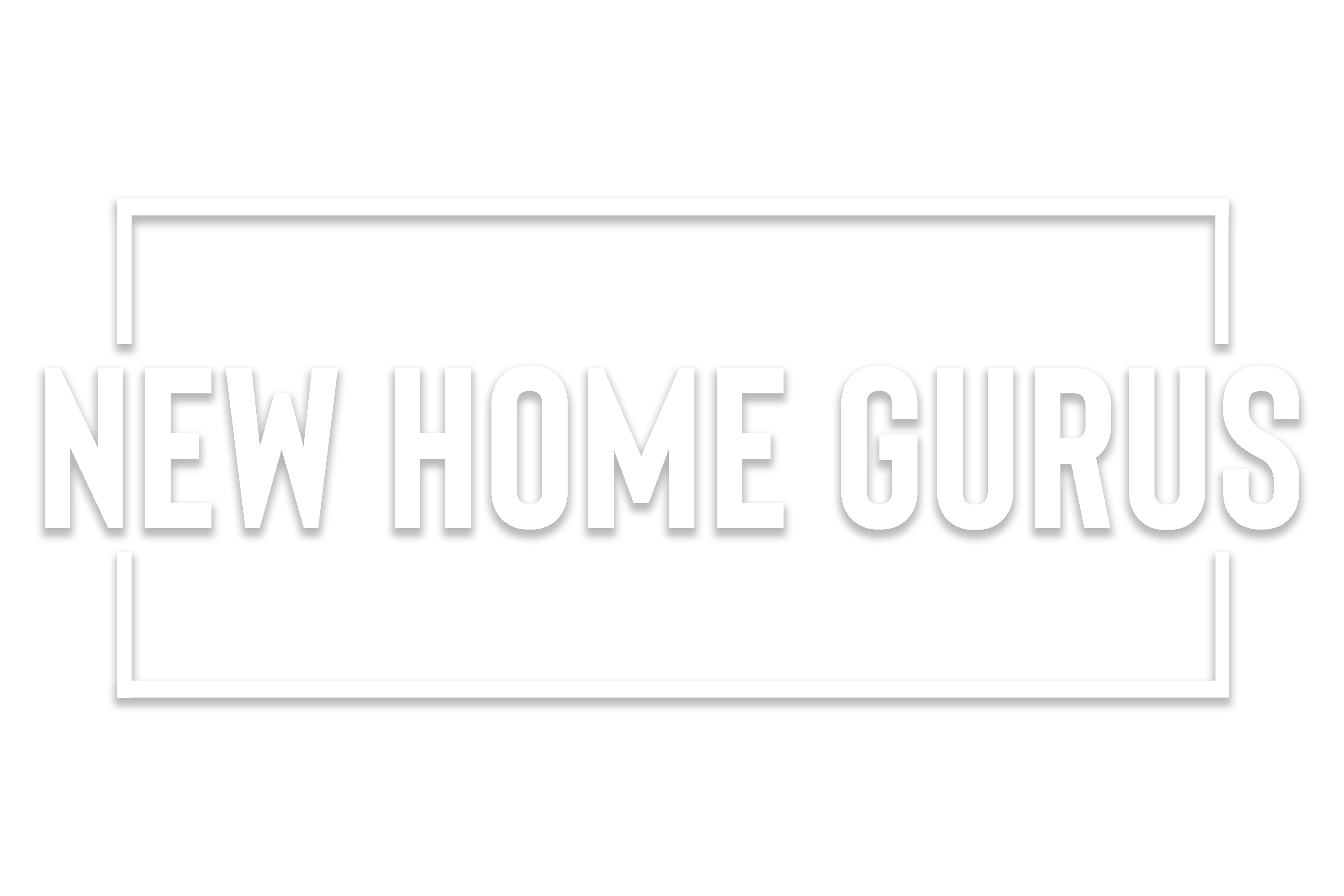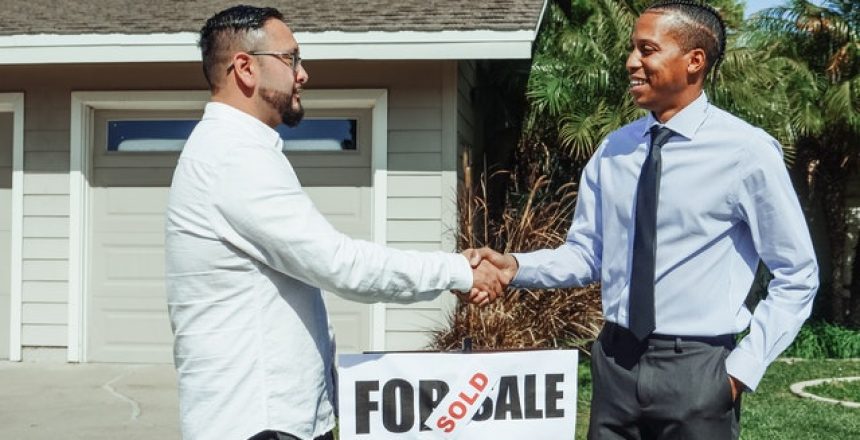Buying a home is exciting. It can also be stressful and overwhelming if you don’t know what to expect or do during the process. To help you avoid mistakes that could cost you time, money, and maybe even your dream home, here is a practical, step-by-step guide on how to buy a home. It breaks the home buying process down into 15 steps, making it easier to navigate and prepare for every stage.
How to Get Started: 5 Steps
The first steps to buying a new home are all about planning. You need to have a clear idea of what you want and what you can afford to buy. If you do, you’ll be able to focus your house hunting on the best-fit options, and you’ll be in a great position to make an offer when you do find a home you like.
1. Check Your Credit
Your credit score affects your borrowing options. While poor credit can make borrowing more challenging or expensive, better credit can open up more lenders, rates, and deals.
- If your credit isn’t great, you may want to push pause on buying a home, so you have time to improve your credit score.
- If your credit is looking good and you’re ready to move forward with buying a home, be mindful of what you need to do to maintain good credit. Try to avoid doing anything—like taking out new lines of credit or running up your current credit lines—that could bring your credit score down and cause problems when it’s time to take out a mortgage.
2. Nail Down Your Budget
How much can you afford as a down payment? What can you afford to pay monthly for a mortgage?
Generally, experts say you shouldn’t spend more than 28% of your monthly gross income on your mortgage payment. That includes the costs of homeowner’s insurance and property taxes.
Also, keep in mind that not having much (or anything) for a down payment doesn’t necessarily mean you can’t still buy a home. There are some options for putting little to no money down, and those can be ideal for first-time homebuyers with minimal savings.
3. Find a Lender & Get a Pre-Approval
Not all lenders offer the same deals or mortgage rates. Plus, depending on your circumstances, you may qualify for special lending opportunities, like a Veterans Affairs (VA) loan or a Federal Housing Administration (FHA) loan.
So, make it a point to check out the lending options from traditional and alternative lenders. Shop around for mortgage loan deals to find the best option for your needs and financial situation.
Once you do select a lender and find the right mortgage loan, it’s also smart to move forward with the pre-approval. Being prequalified for a mortgage loan can expedite the offer process later. It may even give you an advantage when there are other interested buyers who don’t have pre-approvals.
4. Start Looking at Listings
Equipped with your budget and a pre-approval, it’s time to shop for a home! Check out online listings and video tours. Use search filters for your budget and preferred locations.
Be sure to look at more than just pictures of homes online—look at neighborhoods, commute times, local schools, and other factors that can impact whether or not a specific home may be a good option for you.
5. Visit Your Top Options in Person
Bring a trusted friend or family member with you and consider making more than one visit to homes that catch your eye. When you tour houses on the market, it can also be helpful to:
- Bring a measuring tape
- Test the switches and check the water pressure
- Bring a list of questions to ask the seller’s agent
- Take your own photos and/or videos for future reference
How to Make an Offer: 5 Tips
Once you’ve found a home that you love, here’s what you need to know when it’s time to put in an offer.
6. Determine the Offer Amount
A good offer is not necessarily based on the asking price alone. There are lots of factors to consider, from how popular the home is with other buyers to your budget, your timeline for getting in the home, and how eager the seller is to get rid of the home.
An experienced Realtor® can give you essential advice and guidance when you’re putting together an offer. In addition to pointing out the factors that may influence the success of your offer, a Realtor® can also help you understand the seller’s perspective better so that you can craft a much more appealing offer.
7. Present Your Offer
Think about how many other offers a seller may be considering along with yours. If you’re up against other buyers in a competitive housing market, consider what you can do to make your offer stand out. Again, an experienced Realtor® can provide critical support at this stage, sharing strategies for getting your offer noticed.
8. Be Ready to Negotiate
Sellers can be resistant to initial offers. So, be prepared to negotiate and present a counteroffer if you are serious about a specific home. This is also crucial to consider when you’re putting together your initial offer. In fact, you may want to reserve options, keeping them in your back pocket, so that you have something to add to your offer later if it is rejected.
9. Don’t Be Afraid to Get Creative
The purchase price is not the only leverage you have when crafting and negotiating home offers. Depending on the seller’s needs and objectives, there may be other ways to make an offer enticing. For example, you could offer things like (but not limited to):
- Closing on the seller’s terms and timeline
- Paying for the appraisal, home inspection, and other closing costs
- Letting the seller remain in the home for some period of time (which may be attractive to sellers who are also looking to buy a home while selling a current house)
10. Agree on the Price & the Terms of Purchase
You may have to go back and forth with the seller to get all of these details figured out. Once you come to an agreement with the seller, the details should all be put in writing, with you and the seller signing the contract to acknowledge an official agreement on the terms of purchase. This can save a lot of headaches and money later if something goes wrong in the closing process and the deal falls through or the seller goes back on their word.
How to Close on Your New Home: 5 Final Steps to Buying a Home
With an agreement to buy the house in place, the closing process begins. Here’s what closing on a home involves and what you need to do to finalize the deal and make the home yours.
11. Take Out a Mortgage
With a pre-approval in place, you simply need to call your lender and tell them you’re ready to officially take out the mortgage. If you have not prequalified for a mortgage—or if your credit or financial situation has dramatically changed since you were prequalified—this step will take longer.
12. Get a Home Inspection
Home inspections can reveal any issues or hidden problems homes may have. This can include (and is not limited to) issues with key areas, like:
- Foundations and roofs
- Plumbing and septic systems
- Ceilings, windows, and doors
- Insulation and ventilation
- Electrical systems and safety
While many lenders require home inspections as a condition of issuing a mortgage loan, you should get an inspection even if it’s not mandated by your mortgage provider. This is the single best way to make sure you’re getting what you think you’re paying for when it comes to a home.
13. Get an Appraisal
Also required by many lenders, the appraisal will tell you the fair market value of the home you want to buy. Because values are based on comparable properties in the area, the appraisal can be an important tool for determining whether you’re paying a fair price, based on the home’s features, condition, and location.
14. Sign the Paperwork
Signing the paperwork finalizes the sale. This is usually done at the lender’s office, at which time the lender will go over the terms of purchase and your financial obligations regarding the loan. Once the paperwork is signed, the keys to your new home will likely be handed over to you.
15. Pay the Closing Costs
Closing costs are typically 2 to 5% of the total mortgage loan amount. They include loan fees, taxes, insurance costs, and more. Depending on the deal you made with the seller, you and/or the seller may be responsible for paying the closing costs.
How to Get Half of the Buyer’s Commission at Closing
Buying a home can be a lot simpler—and you can get money back at closing—when you work with the Realtors® at New Home GURUs. Once you’ve found your dream home, we can help you with offers, negotiations, contracts, and closing, simplifying the process and supporting you at every step. Then, at closing, we will give you HALF of the buyer’s commission.
Homebuyers who work with New Home GURUs get an average of $4,500 to $12,000 at closing.
Find Out How Much Cash You Can Get at Closing
Call (281) 668-8124 or Contact Us
We are ready to tell you more about our commission-sharing program and help you get into your dream home!


